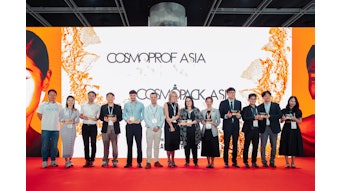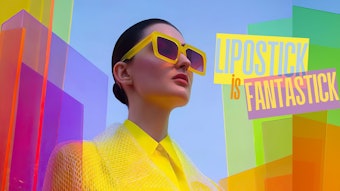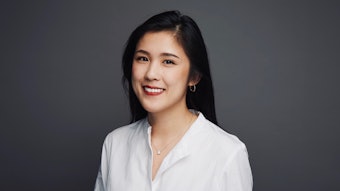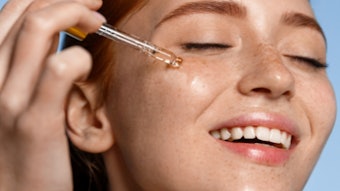
In terms of sensory perception in product development, "everyone is looking for superadditivity but if you think about the senses separately, you suppress [the experience]," said Charles Spence, Ph.D., the opening Frontiers of Science award lecturer at the SCC Annual Meeting and Technology showcase. Cosmetics & Toiletries sponsored his lecture.
Spence, a world-renowned experimental psychologist from Oxford University, described his sensory research and how the industry might leverage similar concepts. Fragrance, for example, can give the impression to the observer that the wearer is slightly younger than their actual age. Also, as is well-known, fragrance helps consumers in their hair care purchase decisions; this was reported by 72% of respondents surveyed.
Scent, Sound and Feel
Sound and feel also play roles in product perception. As Spence described in both his keynote and a recent podcast, the sound of a product's package as it is opened and closed and its weight in the user's hand influence its perceived quality.
Associations also are made between odors and certain musical sounds. For example, apricot, raspberry and vanilla are often connected with the sounds of piano and woodwind instruments; blackberry, primarily with the piano; and musk, mainly with brass instruments. These associations could inspire cosmetic packaging or scents for specific product impressions.
Finally, scents also correspond with shapes. Stimulating lemon, smoky and pepper scents evoke pointed, angular shapes whereas apricot, blackberry, vanilla and raspberry impress more rounded, curvy shapes. Interestingly, these correlations also are almost universal perceptions, regardless of ethnicity or region. Spence suggested these connections might also play a role in package design.
During the Q&A session, Karl Linter, Ph.D., of KAL'idées posed the question of whether these multisensory findings might improve OTC topical compliance. Spence responded that although it was not necessarily part of his research, it could potentially work.
In addition, a student queried whether Spence had worked on noncommercial scents; e.g., body secretions such as pheromones, and wondered how these might embellish product development. Spence speculated these chemical signals could trigger sensory perceptions although again, this was not his primary area of study.
In-use Applications
The cosmetic industry has begun to embrace these cross-modal tactics, especially in testing the efficacy of products. Recently, we reported on a series of studies from Kao Corp. linking touch, texture, positive emotion and skin health.
In relation, during the SCC Annual Meeting, Roger McMullen, Ph.D., of Ashland Chemicals, presented research based on acoustics to measure hair conditioning. Using a microphone, he recorded the sound of hair strands either treated in various ways, or of various hair types, as they were combed and compared the auditory signals captured for each.
Significant differences were captured in the acoustics created by different chemistries (e.g., ingredient treatments) and geometry (e.g., African, Asian or Caucasian hair). The goal of his work was to use acoustics and test treatments to move hair closer to the sound of virgin tresses.
As neuroscience reveals new connections between consumer senses and perceptions, the industry will continue to find new ways to tap into those insights to advance cosmetic science. Stay tuned as we follow further developments in this area and from the SCC event.










